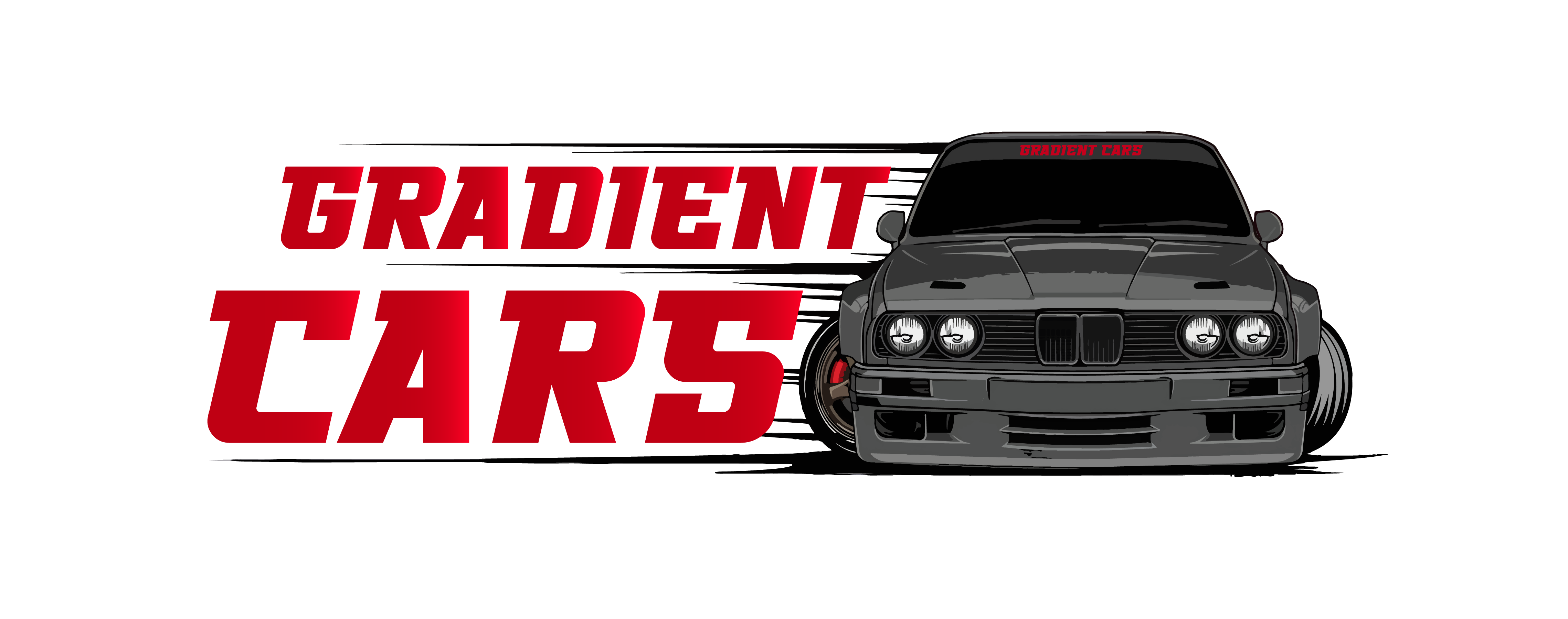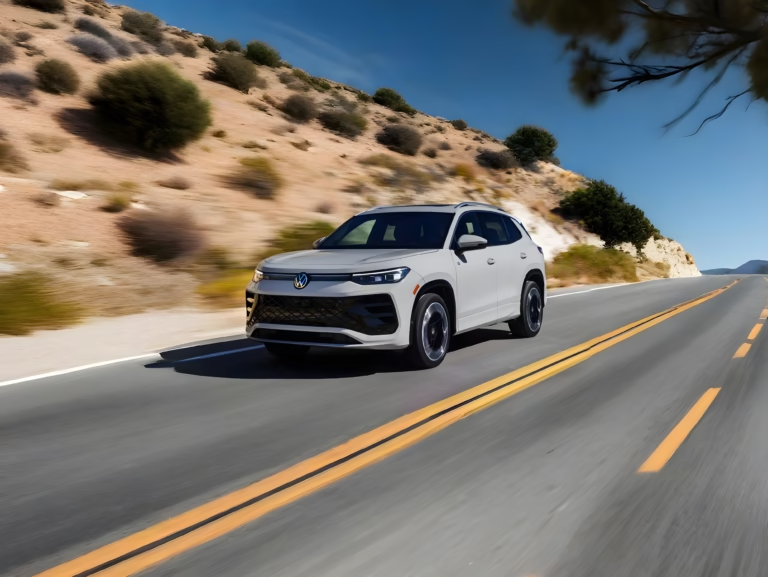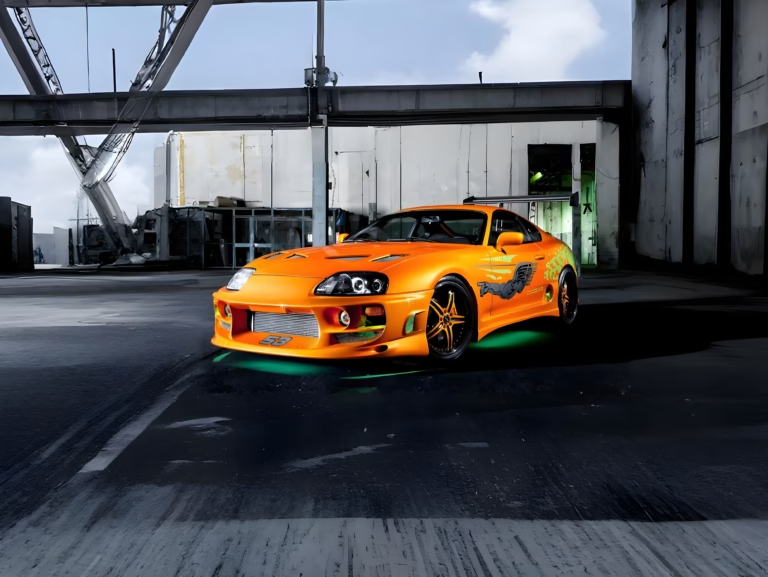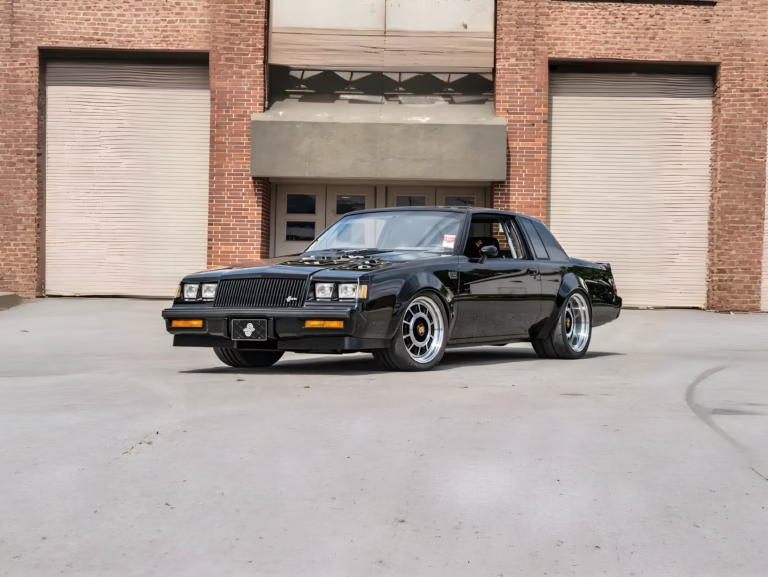The 1960s were a groundbreaking era for Jaguar that brought forth a series of legendary cars with unmatched looks and better performance. Jaguars’ traditional designs created a generation and a benchmark for a sports-performance car. The tour ahead will choose the Top 5 Best Vintage Jaguar Cars of the 60s, their engineering supremacy, refinement, and so popular variety, from expensive to inexpensive.
1. Jaguar E-Type (XKE) (1961)

Overview
Originally built in 1961, the North American XKE or Jaguar E-Type was, for an unusually long time, perhaps the most beautiful motor cars ever built. The rear clip and bonnet rake of the vehicle had a styling appearance, which shaped motor car styling. The E-Type was a car, but a style icon and a performance car that carved its niche in the minds of people and critics. People’s love for its looks and technology, the E-Type was the symbol of the Top 5 Best Vintage Jaguar Cars of the ’60s.
Engine
The E-Type initially came with a 3.8-liter inline-six engine, and the engine output was 265 horsepower. The following was the 1964 successor that included a 4.2-liter iteration that was high-performance tuned for more torque. The engine variant gave better performance to propel the E-Type from 0-60 mph in 6.5 seconds and approximately 150 mph top speed. It was equipped with a four-speed manual transmission that supplied silky smooth shifting with responsive handling. Its independent suspension gave it its responsive handling and ride, with easy-to-manage handling.
Exterior
The styling of the E-Type was cosmetic and improved the performance potential of the car. Sweep lines, oval grille, and aluminum bodywork provided a futuristic look to the car. Roadster or coupe-styled, or unstyled, the E-Type was a sightseer and performer. Sweeping line,s bodywork and flush-glazed glass fit and finish detail told a great deal about Jaguar’s fixation on perfection.
Interior
Internally, it had a cockpit-style cabin, leather-faced facings, and a wood-faced steering wheel. It had a row of gauges down the dashboard that gave the driver some suitable feedback for its sporting purpose. The E-Type, with pure sporting purpose and intent, also had some previously untested comfort in any sports car with more than sufficient legroom and sumptuously upholstered chairs in softly plush material.
Key Features
The E-Type also boasted aspects that set it apart from the other vehicles. Four-wheel disc brakes and additional trunk room put it in a class that was drivable daily. The image of the vehicle on television screens and in movies made the car and automobile equal.
2. Jaguar XK150 (1957-1961)

Overview
Jaguar XK150 is a Effectiveness and comfort and in fixed-head coupe roadster and coupe bodywork. xk150 bridged the break betwixt control and contemporary amenities There fore additional cunning to opulence sports automobile buyers
Engine
Other engine capacities offered in XK150 were 3.4-liter, 3.8-liter, and a 220-horsepower inline six-cylinder engine. XK150 with the 3.8-litre engine would accelerate from 0-60 mph or its top speed of around 135 mph in 8.5 seconds or less. It also featured a four-speed manual or optional auto transmission to be loaded with an individualized experience on wheels. Its over-engineering provided its performance with a new and spine-tingling injection.
Exterior
The XK150 appearance had been modified to the earlier one, with greater space in the body and wider windows so one could see more easily. Slenderness and a distinctive front grille all its own made it a cakewalk model with no strain at all. Aluminum usage reduced the weight of the car without reducing the strength of any part, so performance was improved as well as economy. Chrome trimming gave it a sense of elegance, and the remaining colors gave the purchasers an aspect of personalization.
Interior
Interior, the XK150 was blessed with leather trim and wood grain that could be utilized for finishing in the interest of portraying the corporation’s dedication to quality. Interior, it had space for two riders with adequate room for legs and a head for extended ride stamina. Its dashboard was tastefully decorated with neat controls and gauges to prepare the driver for a drive. Supporting that were other trimmings in the air conditioning and radio departments that established the tone for luxuries.
Key Features
Key Features The XK150 was formerly the icon for luxury and speed, and therefore is now a classic motor car that people desire. Its sensual appearance and motor car racing heritage have made it an extremely coveted collector motor car and a legendary motor car to motor car enthusiasts. Four-disc brakes and a suspension system or an independent suspension system were the choices. Engineering excellence, beauty, and workmanship of the XK150, legendary, placed it in the motorcar annals.
3. Jaguar Mark II (1959-1967)

Overview
This Jaguar Mark 2 built between 1959 and 1967,It was sporty and luxurious in design and possessed a nonconformist group of racing drivers and businessmen. Its performance and styling made it the top in the luxury saloon motor car market.
Engine
Mark II was available in all kinds of engine capacities, ranging from 2.4-liter, 3.4-liter, to 3.8-liter six-banger, the engines making between 120 and 220 horses. The 3.8-liter would do 0-60 in around 8.5 seconds, 125 mph top speed. None, it also had a four-speed manual or automatic, which was sufficient for handling. Its heavy engine and heavy suspension give Mark II a smooth ride on city roads as well as in the suburbs.
Exterior
Exterior The appearance of Mark II had refined lines and a heavy-duty front grille. Its economy and streamlined body had interior room for five individuals with ease in its inner space. Its original rear view had also left it fuel-thrifty and wind-tunnel-superb on petrol. Other metallic coloring and paints in chrome had rendered it fashionable, and thus the next class.
Interior
Inside, the Mark II had been perfected into an art. Inside, it had been equipped with the best leather upholstery, wood trimming, and accessories to pamper the driver as well as the passenger. The equipment and controls, which had been mounted on the dashboard, were tidy. Radio and air conditioning are special features bestowed upon it, which give it its luxuries. The entire interior was ingenious and ingenious, a bliss of calmness for a short or long trip.
Key Features
Main Features: The Mark II had the most comfortable fit of any motorcar on the roads. Its most advanced technology was its new braking system and suspension, which made the motorcar a joy to drive and a dream to handle. Its huge interior space and car boot capacity made it a wonderful addition to drive daily, and car performance consumers swarmed to it in reviews. Its use in most of the TV shows and movies made it an all-night sensation.
4. Jaguar xj6 (1968)

Overview
Its release close to the end of the 1960s is one of a build and design wait and see what happened in the decade. The XJ6 would be a pleasure to drive at the expense of the motor because it would be sybaritic, meeting part of their customers’ expectations.
Engine
XJ6 was fitted with a 2.8-liter or a 4.2-liter inline-six engine which provided smooth power and smooth ride. The 42-liter locomotive provided 246 hp, and the machine went from 0-60 miles per hour in around 4 seconds to a speed of around 125 miles per hour. XJ6’s three-speed automatic transmission provided it with a smooth ride. Its sophisticated suspension system provided it with excellent ride quality and handling.
Exterior
The XJ6 body was roomy and sporting in appearance with the wheelbase well Althought out and its interior was luxurious. efficient lines of annex and unpretentious ornamentation advisable opulence ornamentation existence intimate stylish the use of chromium-plate plain. The XJ6 came in plentiful amounts of various colors and trim to allow individuals to dress up the vehicles however they pleased. personify particularization genuine to tending connected the break of the fellowship
Interior
Inside the XJ6 was also convenient and comfortable for the passengers and driver. Inside, provided spacious room with lavish leather upholstery, lavish veneered woods, and lavish carpets. Inside was then complemented by operating controls and instruments to give additional convenience while driving. In-car, high-fidelity stereo and air conditioning were among the other comforts.
Key Features
XJ6 came with accessories that would make it stand out from other cars of its type. Amongst these were its suspension system, which raised it, and its powerful engine. Space within the car interior and boot space made the car ideal for daily use, and its high-maintenance look inside attracted the attention of buyers who were equally high-maintenance.
5. Jaguar SS 100 (1936-1940)

Overview
While it was planned earlier the Jaguar SS 100 (1936-1940) marks where enjoyment starts for Jaguar in future years i.e. 1960s cars. its contrive show looks and measurements are ordinary with strange jaguars There fore break of the firm chronicle. The SS 100 is one of the oldest sports cars and that is established by plain looks.
Engine
SS 100 featured a 2.5- or 3.5-liter six and was lovely to drive in its own right. One of the very first motor racing drivers’ cars to exceed 100 mph, and so beautifully rare as a consequence. Its light and slender body, with its technologically sophisticated engine, placed it as a race car to conquer the race track. Its twin overhead camshaft layout placed it race-winning, laying the foundation for Jaguar’s future motorsport victories.
Exterior
SS 100 was striated close and standard grille constructed using the original form of the roadster. The automobile was as fresh in shape to that same degree as functionality, and the automobile had impeccable chrome aerodynamics. The least possible material formed the body of the automobile, and the automobile was swift and cost-effective. The brick short back and lengthy snout in SS 100 created the automobile’s dramatic look, and trimming using chrome was enough for the automobile.
Interior
The pilot was assigned to SS 100 inside. Minor but considerate trim to functionality sensitivity, plain dashboard, and leather were interior provisions. To find driver-adjustable controls and required information at the tip of hand’s reach, it was constructed. For the sporting driving quality of an automobile, well-bolstered seats were assigned to the SS 100 that pinned its pilot in a snug position in adrenaline-filled smashups.
Key Features
SS 100 was a dream for all and was sold for millions of dollars. Its design and performance gave rise to the world-renowned motor cars in the 1960s. It was its twin-cam overhead engine and lightweight. The legacy that the SS 100 has left in the motor industry and of Jaguar as a motorsport car innovator cannot be measured.
Conclusion: Top 5 Best Vintage Jaguar Cars of the 60s
It was the Top 5 Best Vintage Jaguar Cars of the ’60s and Jaguar’s era of making some of the most beautiful, some of the most iconic Classic Cars to ever roll off the production line. Whether it was the breathtakingly lovely E-Type or generously swept-line XJ6, these motorcars show the marque’s love of performance, beauty, of innovation. Today, they are hotly sought after by collectors and enthusiasts everywhere, a motorcar golden age.
From the speed race of the hot rod to the museum of walls, they’re cute and dreamy, a car legend. Their heritage is a testament to the long heritage Jaguar has developed in the automobile industry, making the luxury sports car vehicle of the future. With such beautiful cars, we have the minds and brainchild of the Jaguar heritage, which is a block foundation of everlasting longevity and mold. Follow Us ON





Every word you’ve written feels like it carries a lifetime of wisdom. There’s a clarity to your thoughts and a depth to your reflections that is rare in today’s world. Your writing isn’t just meant to be read — it’s meant to be savored, to be thought about, and to be shared with others who will appreciate its quiet beauty.
Thank you for your appreciating
Thank you for your kind words. I’m humbled by your appreciation.
Howdy! Would you mind if I share your blog with my facebook group?
There’s a lot of folks that I think would really appreciate your content.
Please let me know. Cheers
Thanks. Feel free to share with your group and appreciate it. 😊
Very interesting subject , regards for putting up.
Thanks for your kind words.